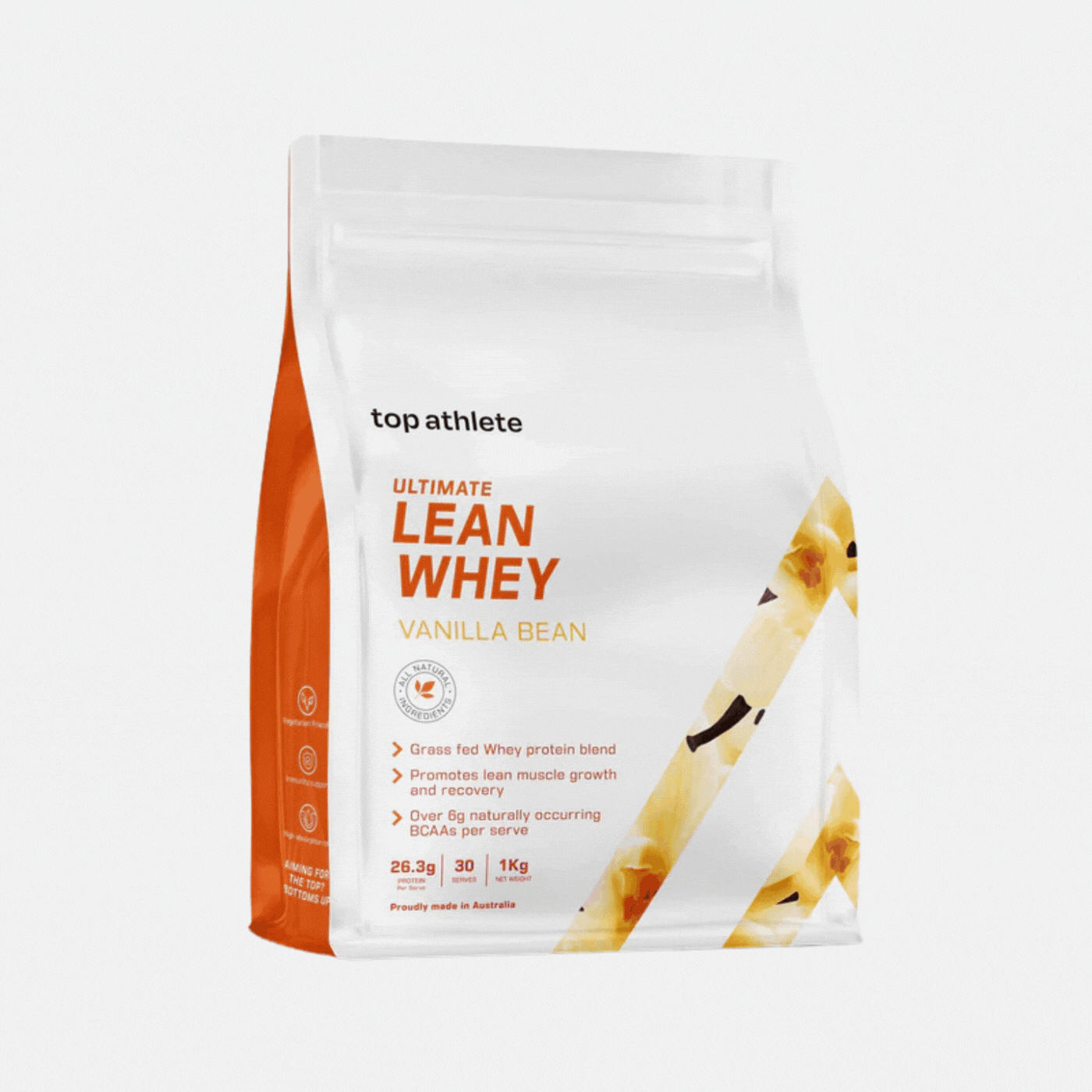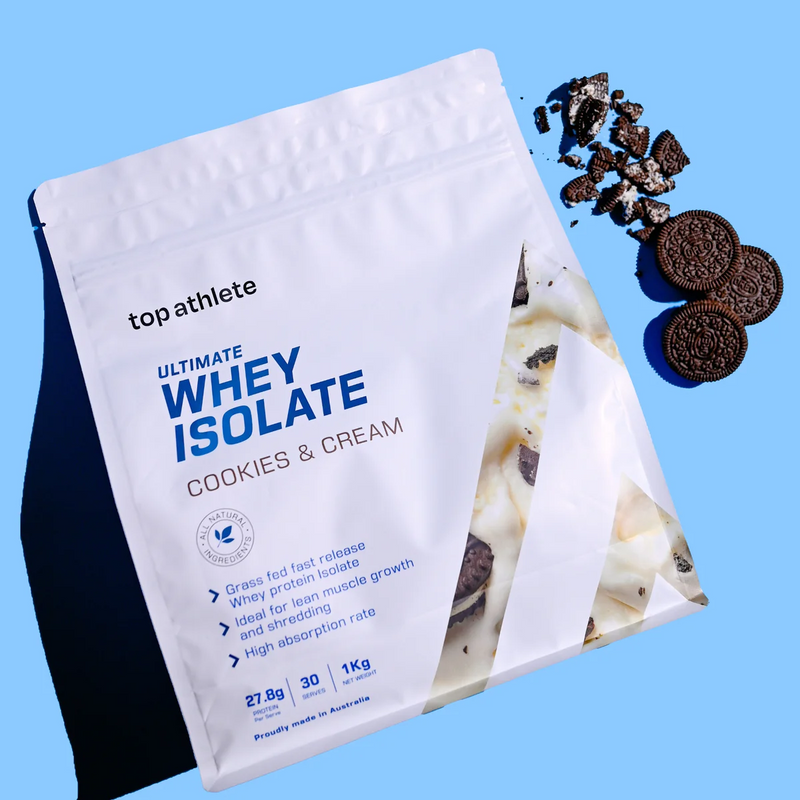Whey Protein Isolate (WPI) and Whey Protein Concentrate (WPC) are both popular forms of whey protein used as dietary supplements to support muscle growth and recovery. They are derived from milk during the cheese-making process and are rich in essential amino acids, which are the building blocks of proteins. However, there are some key differences between the two:
-
Protein Content:
- Whey Protein Isolate (WPI): WPI is a more refined form of whey protein and undergoes additional processing to remove most of the non-protein components, such as lactose and fats. As a result, it typically contains a higher protein content, usually around 90% or more.
- Whey Protein Concentrate (WPC): WPC is a less processed form of whey protein and retains more of the non-protein components. It generally contains a lower protein content compared to WPI, typically around 70-80%.
-
Lactose and Fat Content:
- WPI: Due to the additional processing steps, WPI has a significantly reduced lactose and fat content, making it a suitable option for individuals who are lactose intolerant or want to minimize their fat intake.
- WPC: WPC contains more lactose and fat than WPI, which might be an issue for some individuals with lactose sensitivity or those aiming to limit their fat intake.
-
Price:
- WPI: Because of the extra processing and higher protein content, WPI is generally more expensive than WPC.
- WPC: WPC is a more economical option since it requires less processing and contains a lower protein content.
-
Biological Value and Absorption:
- WPI: Due to its higher protein content and lower levels of lactose and fats, WPI is considered to have a slightly higher biological value, meaning that a larger percentage of its protein is absorbed and utilized by the body.
- WPC: While WPC has a lower protein content and higher levels of lactose and fats, it is still an excellent source of protein and has good bioavailability.



